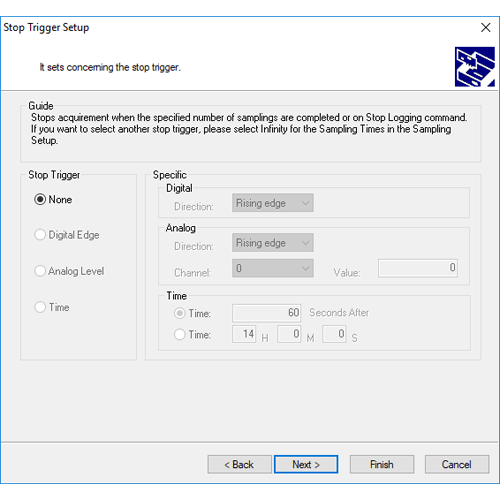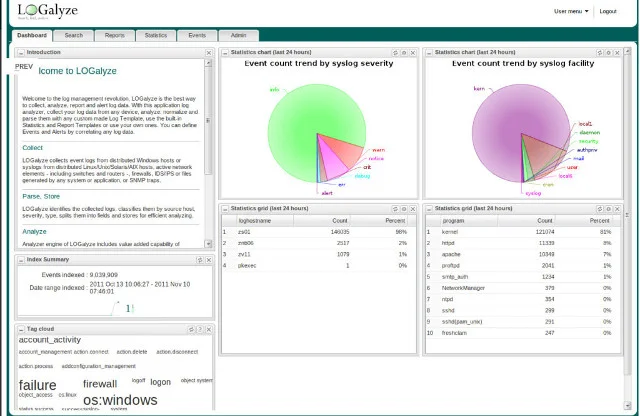
To do this you derive from the EventSource class:Ī couple of salient points. To write trace events, you first need to define a provider. Some of the benefits of using the NuGet package are that it adds the ability to write to the Event Log, generates a manifest at build time, and gives you build time validation of user defined EventSources. The NuGet package introduces EventSource and related classes in the namespace. NET 4.0 and 3.5, or if the latest and greatest changes to it are required in. This makes it possible to use EventSource from. There is also an EventSource NuGet package available. These classes should be used in preference to any older mechanisms (e.g. NET Framework and recent additions mean this interface to ETW has changed.NET 4.5 added the namespace and classes can derive from its EventSource and EventListener classes for tracing. For newer consumers, the manifest information can be read from the event stream itself.ĮTW is supported in the. For older ETW consumers, a manifest file must be generated and installed (more detail further down the article).

The event data is arbitrary data added by the provider performing the event logging.Ī manifest is required to make any sense of the custom event data.

I won't go into detail as to what each of those pieces of data means here. The header consists of a number of standard pieces of data such as timestamp, eventid, level, task, opcode, channel and keyword. The events themselves contain a header and event data. This diagram gives an overview of the architecture of ETW:
Windows logger tool windows#
A session can be configured with a number of logging modes, for example writing to a trace file (.etl), writing to the Windows Event Log, or delivering messages real-time to other consumers. An event tracing session needs to be created, which can be set up to listen to events from one or more providers. To use ETW, you need to create an event provider. It gives you the ability to enable or disable trace logging on demand. It provides a way for recording events both by applications and kernel-mode device drivers. It was first introduced in Windows 2000 and has grown to become one of the key instrumentation technologies for Windows. Event Tracing for WindowsĮvent Tracing for Windows (ETW) is a general purpose and high performance tracing facility provided by the operating system at the kernel level. This post takes a look at some of the tools available in Windows that can help achieve this. It is easier to correlate log entries from multiple sources. It is easier to automate any parsing of the data, whether that is to facilitate analysis or for consumption by another application or process. Due to the reliably consistent formatting and structure of the log files, it becomes simpler to query and analyse them. This approach can have a number of benefits. Semantic logging is the idea of using strongly typed events to create a consistent log structure.
Windows logger tool manual#
However due to the freeform textual nature, it will likely always require a lot of manual effort to review. From experience log messages are often poor quality and added as an afterthought, although with high diligence and agreed rules for writing log messages, it is possible to write high quality logging. Often it can take some time and be difficult, if not impossible, to get the information needed or to correlate the log entries. If there is an issue with the application which requires analysis of the logs, it largely requires someone to scan through the log files (of which there could be many) line by line to piece together the information needed.
Windows logger tool zip#
zip archive.By Richard Kerslake Engineer I 7th April 2014Ī more traditional style of logging is to write a line of text for any significant event deemed worthy of recording.

Right-click the name of the log and select Save All Events As….Locate the log to be exported in the left-hand column.evtx contains only the UTC time of the events and not the source time zone (Event viewer adjusts the displayed time to your local time zone). evtx file without the associated Display Information can delay resolution of your support case. evtx file alone does not contain the text of most events, so uploading an. Method 1: Export EVTX with Display Information (MetaData)Īn. Find a Veeam Accredited Service Partner.Alliance Partner Integrations & Qualifications.Veeam Backup & Replication Community Edition.


 0 kommentar(er)
0 kommentar(er)
